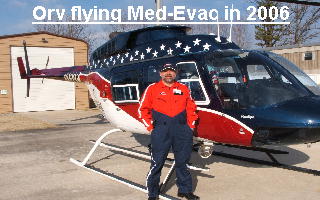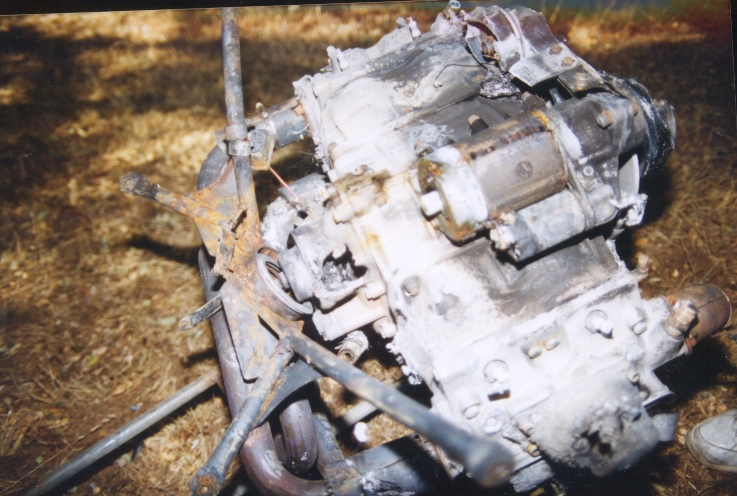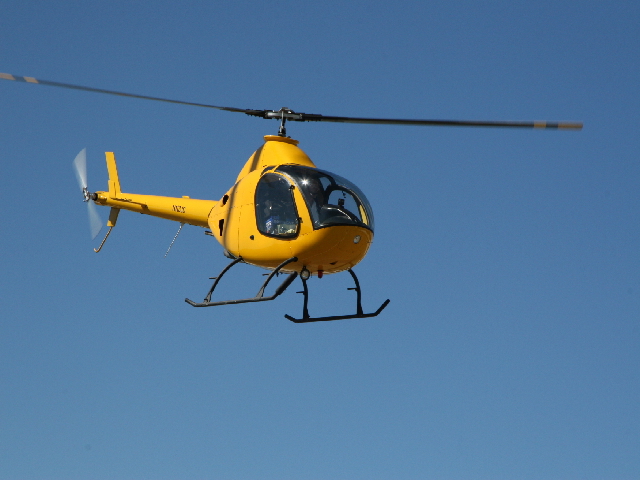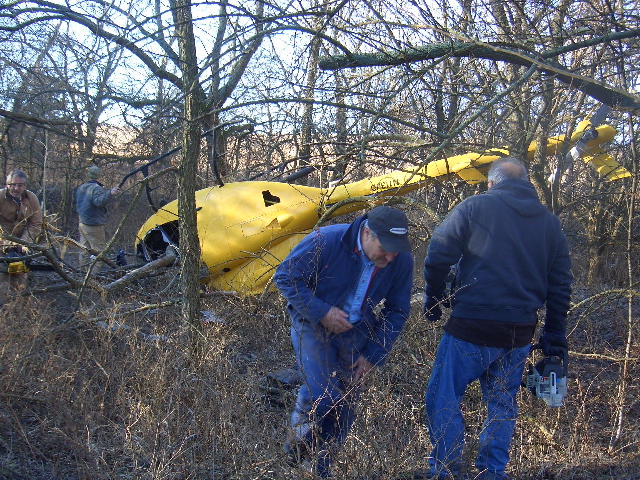Jim Dohrman
allowed his tail rotor drive belts to run too loose
and knew it but he let it go a bit too long. He lost
his tail rotor belt while flying with his wife in
this ship and did an auto into this stand of oak trees.
He then was medevaced to a local hospital by helicopter.
He is now flying Medevac helicopters with much of
his required helicopter flight time gained in this
Rotorway helicopter. It is now in the process of being
rebuilt.
I would like
to point out that even though Jim's Rotorway fell
through the canopy of trees to the ground, the crashworthiness
of this kit helicopter undoubtedly saved the lives
of the occupants and prevented serious injuries.
The tail
rotor belt system on the pre-Talon Rotorway helicopters
is reliable when properly tensioned, inspected, and
maintained.



